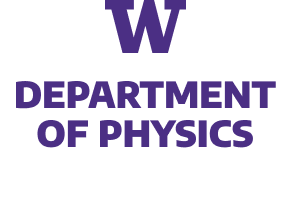Initializing a single site of a lattice scalar field theory into an arbitrary state requires O(2nQ) entangling gates on a quantum computer with nQ qubits per site. It is conceivable that, instead, initializing to functions that are good approximations to states may have utility in reducing the number of required entangling gates. In the case of a single site of a non-interacting scalar field theory, initializing to a symmetric exponential wavefunction requires nQ − 1 entangling gates, compared with the 2nQ−1 + nQ − 3 + δnQ,1 required for a symmetric Gaussian wavefunction. In this work, we explore the initialization of 1-site (nQ = 4), 2-site (nQ = 3) and 3-site (nQ = 3) non- interacting scalar field theories with symmetric exponential wavefunctions using IBM’s quantum simulators and quantum devices (Poughkeepsie and Tokyo). With the digitizations obtainable with nQ = 3, 4, these tensor-product wavefunctions are found to have large overlap with a Gaussian wavefunction, and provide a suitable low-noise initialization for subsequent quantum simulations. In performing these simulations, we have employed a workflow that interleaves calibrations to mitigate systematic errors in production. The calibrations allow tolerance cuts on gate performance including the fidelity of the symmetrizing Hadamard gate, both in vacuum (|0⟩⊗nQ ) and in medium (nQ − 1 qubits initialized to an exponential function). The results obtained in this work are relevant to systems beyond scalar field theories, such as the deuteron radial wavefunction, 2- and 3-dimensional cartesian-space wavefunctions, and non-relativistic multi-nucleon systems built on a localized eigenbasis.


